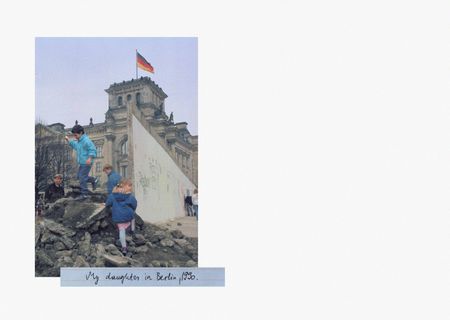We are happy to announce the next presentations of the Visegrad Scholarship at OSA. Join the event in the Archivum, or online following the link below!
The presentations will be held at 1:00 p.m. on Tuesday, February 28, 2023, in the Meeting Room of the Blinken OSA Archivum, and online. The Zoom link of the meeting is: https://ceu-edu.zoom.us/j/96771622278?pwd=NzJpNnZqek1RdUZGdHZUSXUybzg1dz09
Legacies of Transition as Reflected in Hungary’s Fidesz Party
When around 1989 the Socialist regimes in Eastern Europe collapsed and the West proclaimed the victory of democracy, Hungary was considered one of the most hopeful countries: both Hungarian opposition activists and Western observers expected a swift “return to Europe.” The dynamic youth party, Fidesz, fuelled this hope. However, today, the situation is fundamentally different: previously fighting for reforms to overcome Socialism and its legacies, Fidesz has been attracting attention for its nationalist and anti-European campaigns for more than a decade. To shed light on this U-turn, late Socialism and post-Socialism should be studied from an integrated point of view, in order to understand not only Socialist legacies, but also how the course of transition from Socialism to democracy leaves its very own marks. Taking Fidesz as a case study, this presentation will address the party’s narrative according to which it was one of the driving forces and most decisive agents of the regime change, seeking to contribute to a deeper understanding of the legacies left by the transition, and to what extent these are being reflected in Fidesz’s rise in the right-wing camp.
Playgrounds: Small Battlefields of Big Ideas
Rather than considering playgrounds as spaces isolated from society and the urban environment, I argue that their design is deeply influenced by contemporary ideologies. Though perhaps not as clearly and explicitly as educational institutions or public monuments, they are spatial imprints of the current conception of the child and the pedagogical, architectural, and artistic discourse of the time. At the same time, because of their unique “in-between” nature, playgrounds can more easily become sites of experimentation. My focus is on the nearly 40 years following World War II, which can rightly be considered the heyday of playground design. The dilemmas of the post-war reconstruction, the construction, and the shattering of the Cold War consensus, can be traced through the changing concept of the child and the spaces built for them. My research aims to compare the Western examples that have become widely known in the last decade with lesser-known outstanding examples from the other side of the Iron Curtain. This is done to counter the narrow mainstream narrative on the Socialist Bloc’s children’s spaces, and to illustrate the genuine functioning of the Iron Curtain through the examples presented, especially by mapping the international networks and knowledge flows between the experts involved.


